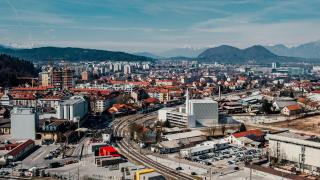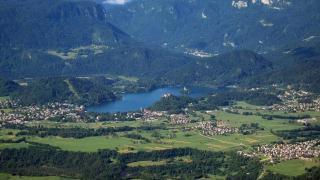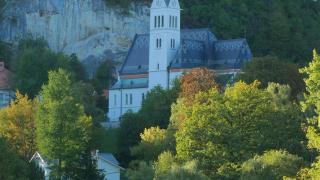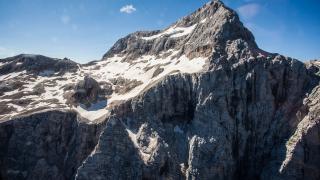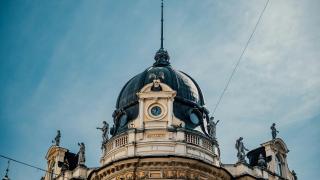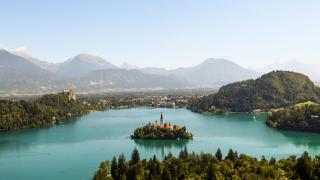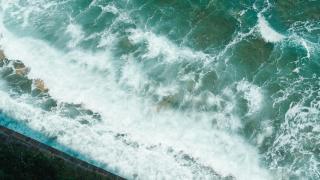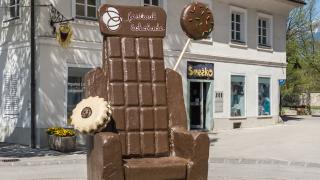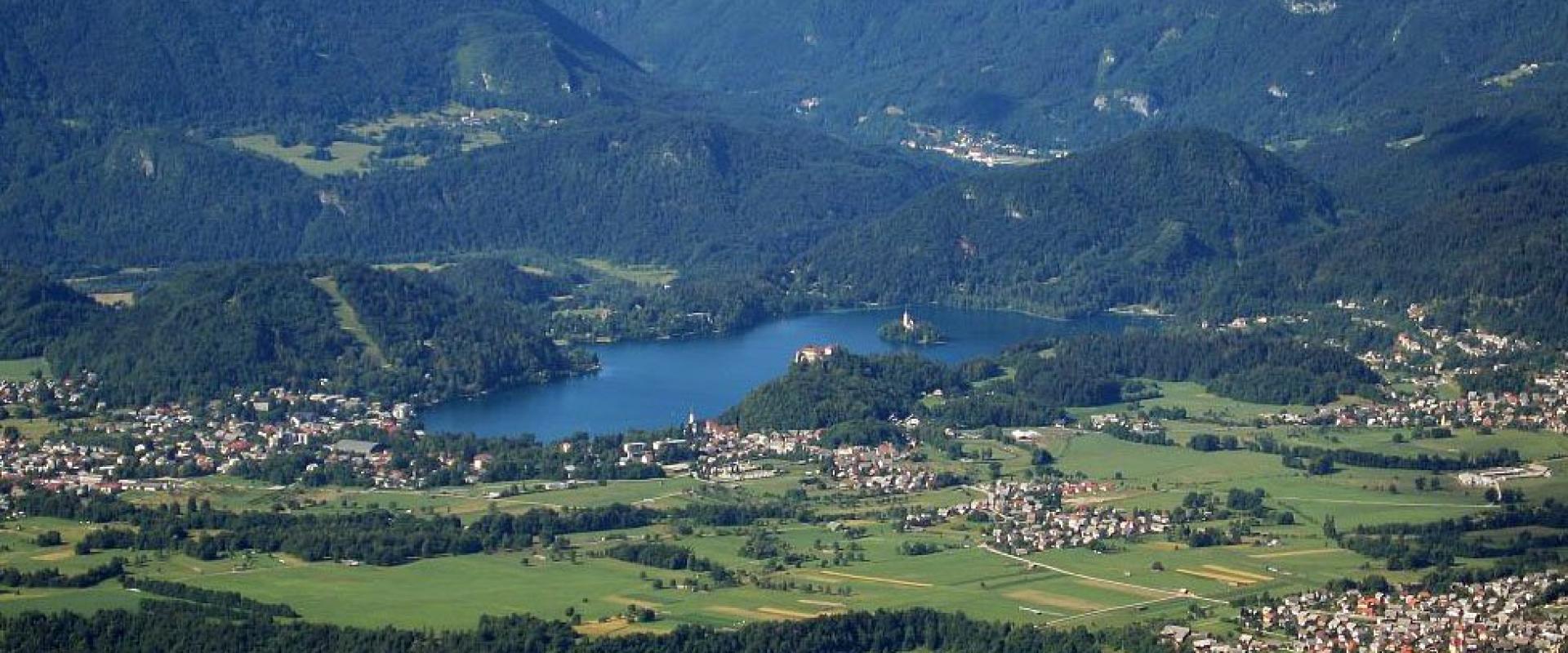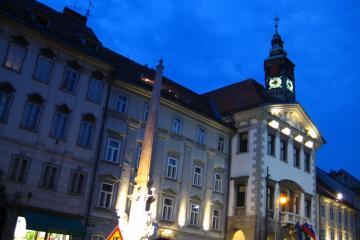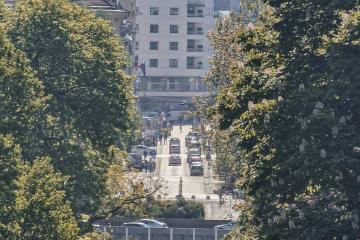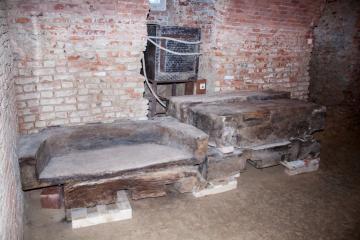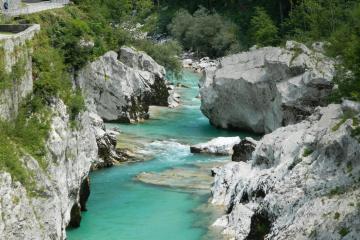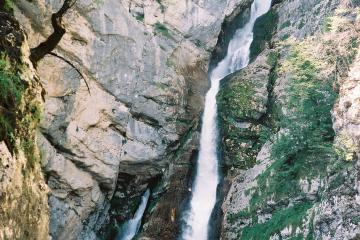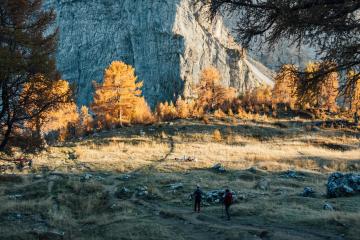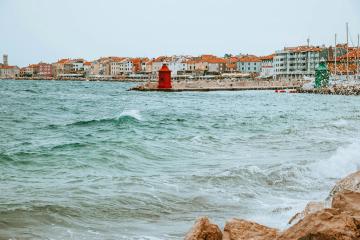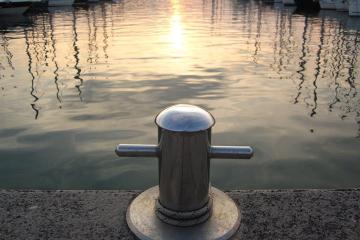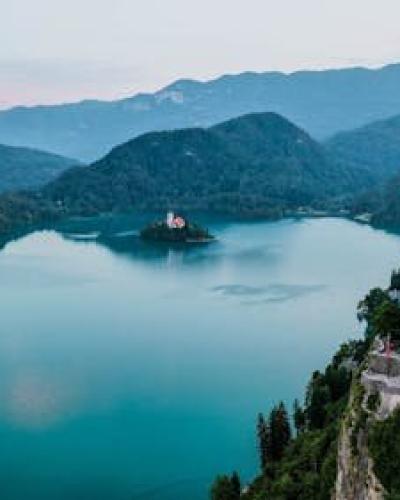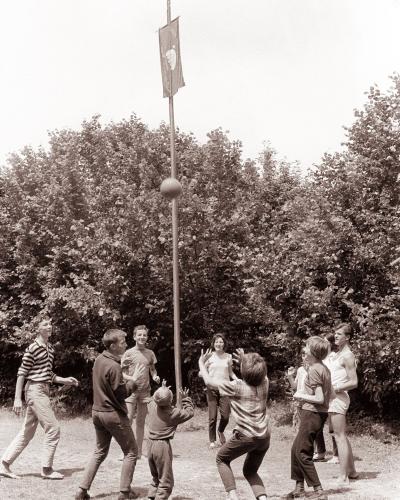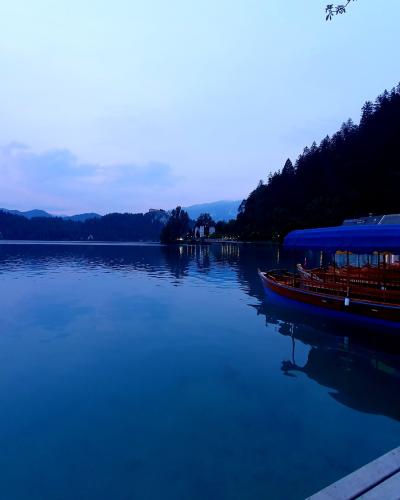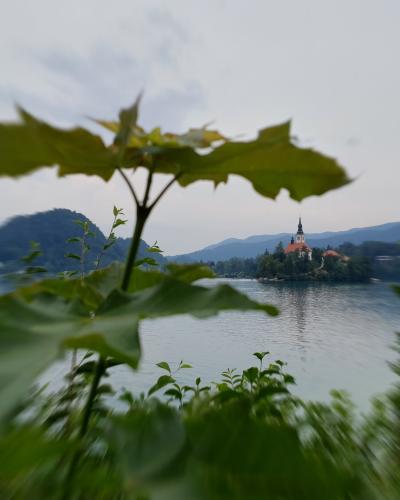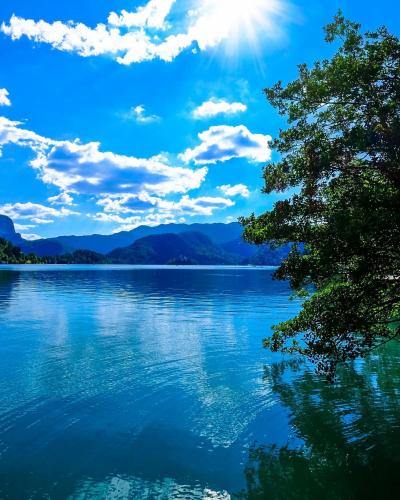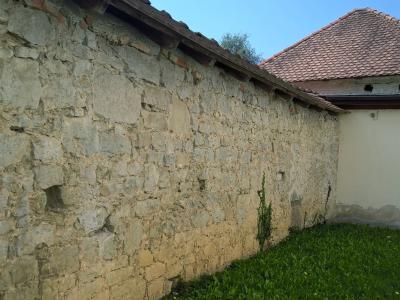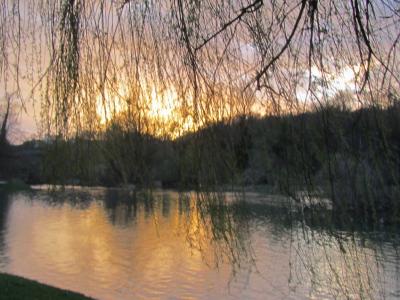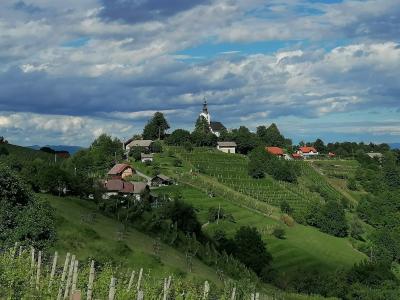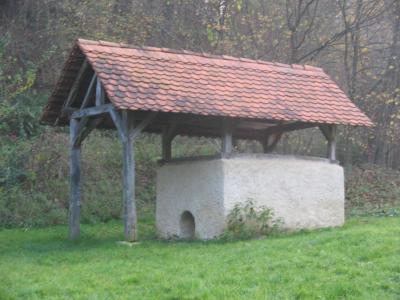Bled
Alpine lake, island church, and medieval castle views
Bled, set in the heart of Slovenia’s Julian Alps, is a destination that captivates visitors with its enchanting landscape and storied past. The focal point is Lake Bled, a glacial lake famed for its emerald-green waters and the small, forested island at its center. The island is home to the Church of the Assumption, a picturesque pilgrimage site accessible only by traditional wooden pletna boats. Legend has it that ringing the church bell brings good luck, and many visitors partake in this charming ritual.
The history of Bled stretches back to prehistoric times, with archaeological evidence of early settlements in the area. During the Middle Ages, Bled came under the ownership of the Bishops of Brixen, who constructed the imposing Bled Castle atop a 130-meter cliff overlooking the lake. The castle, first mentioned in 1011, is the oldest in Slovenia and has been expanded and renovated over the centuries. Today, Bled Castle houses a museum showcasing the region’s history, a printing workshop, a wine cellar, and a restaurant with panoramic views.
Lake Bled itself is a hub of activity throughout the year. Visitors can walk or cycle the 6-kilometer path encircling the lake, offering ever-changing vistas of the water, island, and mountains. The Ojstrica and Mala Osojnica viewpoints provide some of the most iconic panoramas, especially at sunrise. In summer, the lake’s clear waters invite swimming, rowing, and stand-up paddleboarding, while winter sometimes brings ice skating when conditions allow.
Beyond the lake, Bled offers easy access to the natural wonders of Triglav National Park. The nearby Vintgar Gorge is a must-see, with wooden walkways leading through a dramatic ravine carved by the Radovna River, past waterfalls and crystal-clear pools. Hiking and cycling trails abound in the surrounding hills and valleys, catering to all levels of fitness and adventure.
Families and thrill-seekers will find plenty to enjoy, from tobogganing down the Straza Bled summer sledding track to exploring local farms and adventure parks. Culinary experiences are another highlight, with Bled’s signature cream cake (kremšnita) a must-try treat in local cafes. The town also hosts cultural events, music festivals, and traditional markets throughout the year, adding to its lively atmosphere.
Getting to Bled is straightforward. The town is about 55 kilometers from Ljubljana, Slovenia’s capital, and is easily reached by car, bus, or train. The nearest train station is in Lesce-Bled, a short taxi or bus ride from the lake. Bled’s compact size makes it ideal for exploring on foot or by bicycle, and many accommodations offer bike rentals.
The best time to visit Bled is from late spring to early autumn (May to September), when the weather is warm and outdoor activities are in full swing. July and August are the busiest months, with lively lakeside scenes and long daylight hours. Spring and early autumn offer milder temperatures and fewer crowds, making them ideal for hiking and sightseeing. Winter brings a quieter, magical atmosphere, with the possibility of snow-capped scenery and festive events.
Bled’s enduring appeal lies in its harmonious blend of natural beauty, historical intrigue, and welcoming spirit. Whether you’re seeking adventure, relaxation, or a romantic escape, Bled promises an unforgettable experience in one of Europe’s most enchanting settings.
Best Time to Visit
Late June to early September offers warm, sunny weather ideal for swimming, hiking, and enjoying Bled’s outdoor attractions.
Plan Your Visit to Bled
Essential travel tips and information for your trip to Bled.
Travel Tips
Currency
Euro (EUR) • Cards widely accepted
Language
Slovenian • English in tourist areas
WiFi
Free WiFi in cafes and hotels
Explore Bled by Interest
Discover attractions and experiences in Bled organized by your interests and travel preferences.
All attractions in Bled
Sorted by our recommendation score
Quick Facts
Book your stay
More destinations in Dolenjska
Explore other amazing places in the Dolenjska region
